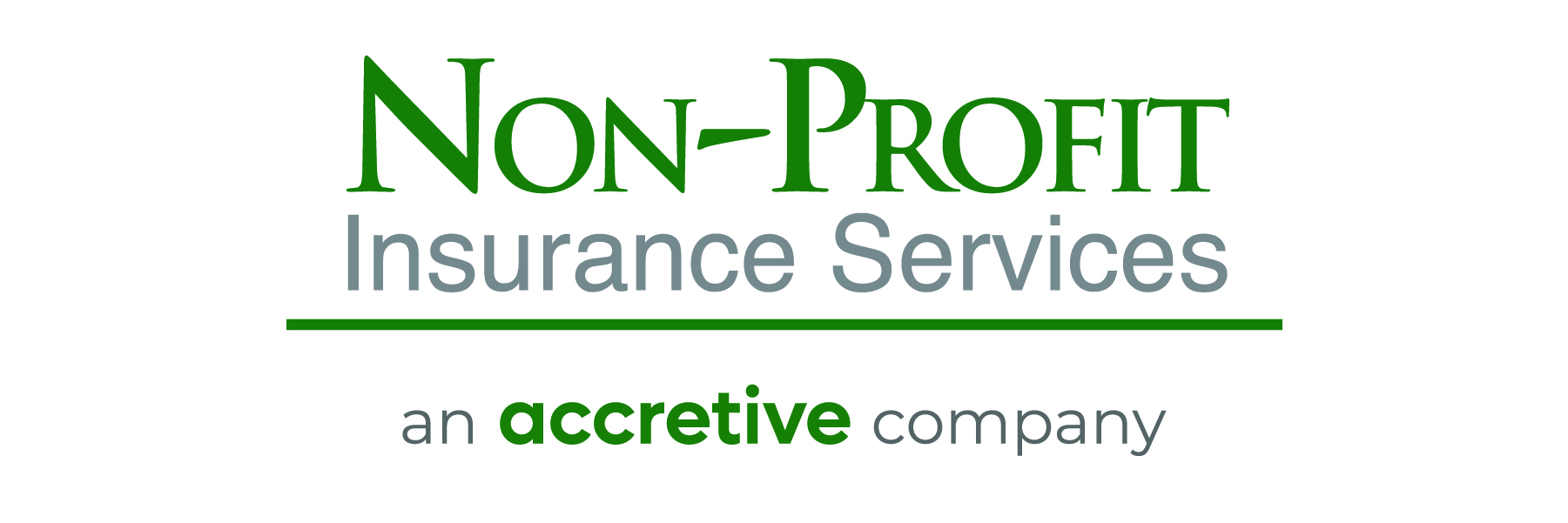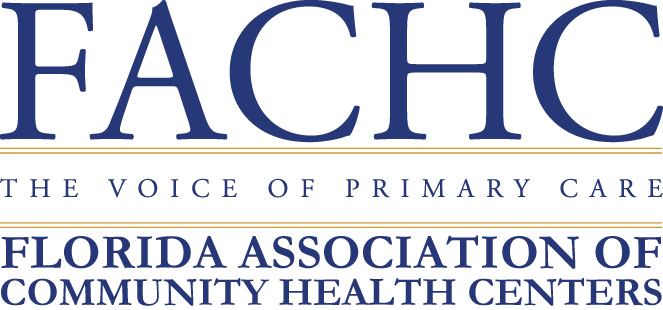As a nonprofit, it can be hard to focus on your year-end goals when it’s still the middle of the year. It can be even harder to decide what you need to do to accomplish year-end goals when you’re still trying to meet Q2 or Q3 goals. But the real benefit of year-end planning comes from the ability to transition your current efforts into results for the rest of the year. When you plan correctly for the end of the year, you’ll build powerful momentum that helps you get more donors and a larger audience.
That’s why it’s never too early to start planning your year-end fundraising, nor is it too early to plant the seeds that will help you reach your donation and revenue goals. If you’re wondering how you can streamline your current or in-progress campaigns to boost your end-of-year success, here are a few steps to help you.
1. CRAFT A STORY THAT CARRIES YOU THROUGH
There’s one thing that many nonprofits struggle with when it comes to their campaigns: consistency. Some organizations throw a holiday-specific campaign together, including a different story or feature with unique images and communications. While it’s to great customize your campaigns for a specific season or event, it’s more important that donors feel you’re being consistent with the causes you’re promoting and where their money is going.
That’s why it’s important to create a story that can carry through the rest of the year. You can update images, social media, landing pages, etc. as the year progresses, but having the same story you’re promoting can help build trust and increase donations. Not only will you have a longer window to build momentum, but you’ll also save resources by avoiding a last-minute push to find a holiday-appropriate story.
This doesn’t mean you have to promote the same program all year. It does mean being consistent in what you’re promoting and to whom. Make it easy for donors to give by focusing your efforts on the campaign that they’ve been exposed to throughout the year, or to the programs they have recently supported. Add to the story with time- or event-specific content as the year goes on, but don’t switch the narrative entirely. To target different donors with the stories that will impact them most, you’ll need your data handy.
2. CUSTOMIZE CAMPAIGNS BY DONOR SEGMENTS
The beauty of your nonprofit data is that it can tell you everything you need to know to make the rest of the year a success. If you want to choose a story that is going to get the most results for your nonprofit, for example, you can look at your monthly donation amounts and align those campaign records to see which one brought in the most money. Or look at social media to see which posts get the most engagement, and build your story with more of that in the mix. You can then use these specific campaign messages or programs to advise your end-of-year campaign, one that uses data and proven results to build momentum for your organization.
For example, you can look at your donation data for the previous year to see which donors are giving in specific ranges and which channels they’re giving through (sorting a donor tracking spreadsheet or using a donation tracking tool is the best way to manage this). Then, you can create email segments, social media ads, or newsletter campaigns that are much more likely to reconnect donors. Customizing communication as much as possible will increase a donor’s trust in your organization and make it easier for him or her to give as the year progresses!
Fun fact: Donors give 80 percent larger gifts in December. Suggesting a number that is in their ballpark today will build a relationship that allows them to give big when the holiday season rolls around.
3. HARNESS THE POWER OF DONORS AND VOLUNTEERS
Rome wasn’t built in a day—and it certainly wasn’t built without help. So why would you expect one marketing campaign or one staff member to be able to build a campaign that gets both visibility and results for your nonprofit? Instead of putting all your resources into targeted ad campaigns or print materials, why not diversify your approach to your story?
Connect with highly engaged donors, or even volunteers, who frequently support your cause and share it on social media. This is easy: just see which people are frequently sharing your posts, posting about your programs, or even creating fundraisers on Facebook for your nonprofit. You can also use your social media, donor, or other metric tools to see which donors are the most engagedૼand even export their contact information for direct communication if your tool is robust enough. (Services like Causemo or Classy offer great donor data management tools!)
You can engage with donors and volunteers and ask them to promote your nonprofit in person or online. You can also ask them to create peer-to-peer fundraising (P2P) campaigns that are in line with the story you’re crafting. Offering donors and volunteers templates for images, social media, and even content can help ensure they’re promoting your current campaign, which will snowball the impact it has.
P2P fundraising is a great way to grow your circle of visibility and also increase trust; people are more likely to donate to a cause when they know someone who has donated to it already.
4. CONNECT WITH BUSINESSES AND SPONSORS
You want to increase awareness and revenue for your nonprofit, and one of the best ways to do that is to connect with local or national businesses and sponsors. Many businesses understand the importance of social responsibility, and they are more than happy to connect with small, medium, or large nonprofits to promote causes their customers appreciate. A great example of this is ChildFund International, which partnered with TOMS shoes to bring shoes to children in need.
Want some help getting started on business partnerships? Try this great resource from Points of Light.
5. START NOW
Many nonprofits make the mistake of waiting until October or even November to think of their year-end goals and campaigns. By starting now, you’re giving your organization a chance to craft a data-backed story, execute it properly, and build momentum by the time the holiday giving season rolls around. Take a little time today to sit down with your team, look at your marketing plans and your data, and decide on which campaign is actually going to get you the results you want by end of the year.











